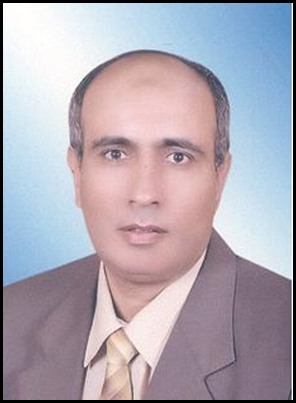
|
Low Capacity Solar Thermal Desalination Units for Arid regions
|
|
|
A.E. Kabeel
|
|
|
prof. Dr
|
|
|
kabeel6@f-eng.tanta.edu.eg
|
|
|
3
|
|
|
Drinking water of acceptable quality has become a scarce commodity. The standard high capacity desalination methods such as multi-stage flash evaporation and multi-effect evaporation, vapor compression and reverse osmosis are reliable in the range of some 100-500,000 m3/d fresh water production. However, the wide-scale implementation of these technologies faces numerous technological, economic and policy barriers and they are not used in decentralized regions with a poor infrastructure due to their permanent need of qualified maintenance and electricity supply. In this paper an attempt has been made to present a review, in brief, low capacity desalination units for the use in rural areas derived from salty water (sea water and/or brackish water), work of the highlights that have been achieved during the recent years worldwide and the state-of-the-art for most important efforts in technological advancement. These units powered by solar energy with a fresh water output production in the range of 100 l/day to 10 m³/day and proof the autonomous operation concepts.
|
|
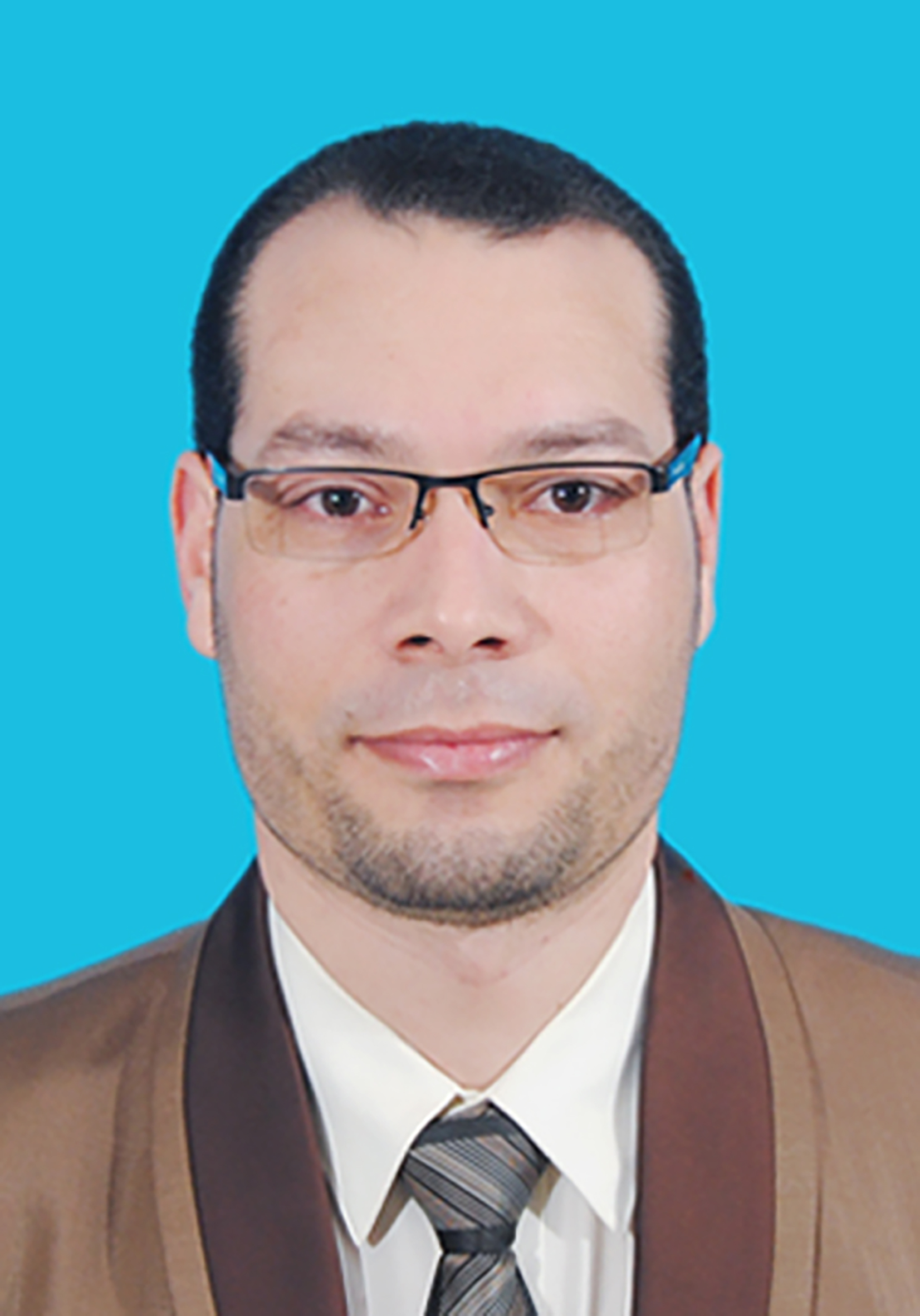
|
Modified tublar solar still uses silica gel to extract water content from air
|
|
|
F.A. Essa, A.H. Elsheikh, Z.M. Omara, Otto L. Muskens, A.E. Kabeel
|
|
|
Faculty of Engineering, Kafrelsheikh University
|
|
|
fadlessa@eng.kfs.edu.eg
|
|
|
46
|
|
|
A new mechanism was tested on the tublar solar still to extract the water content from the ambient air. As the mechanism is new to be applied into the solar still, a comprehensive study was conducted to investigate the thermal performance of the tublar solar still under this modification. The modification was done in the tublar solar still, which has four longitudinal fins from inside to increase the surface area. The basin liner of the solar still and the fins were covered by the silica gel with a thickness of 1.5 cm. The solar still had two turning vents which were closed during the daytime and opened through the nighttime. Besides, a gravel was used as a heat storing material inside the solar still. A parabolic trough solar collector was used to raise the temperature inside the solar still. The performance of the tublar solar still was investigated under different operating parameters in the outdoor conditions of Kafrelsheikh in Egypt. The experimental results revealed that the tublar solar still with the modification provided a new concept of desalination. In addition, the mathematical analyses obtained a good agreement between the experimental and theoretical results.
|
|
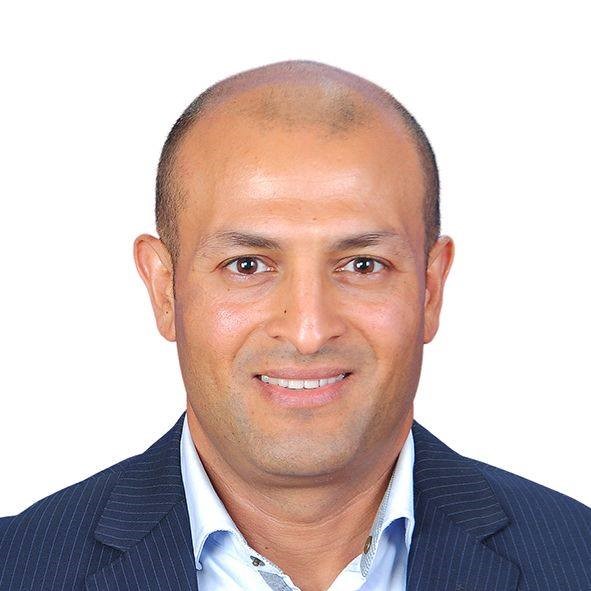
|
The effect of cooling the bottom surface of the photovoltaic panels on its daily performance
|
|
|
S. M. Shalaby, H. F. Abosheiasha, M. K. Elfakharany, B. M. Moharram
|
|
|
Tanta University
|
|
|
saleh.shalaby@f-eng.tanta.edu.eg
|
|
|
65
|
|
|
Nowadays, the Photovoltaic (PV) is the most commonly used system for power generation in remote communities as it still have the lowest cost so far. The significant decrement in the efficiency of the PV happens when the PV surface temperature increases is considered the most problem associated this system. So, cooling is an important operational factor that should be taken into account to enhance the efficiency of the PV. In this study, the PV cell bottom surface was cooled by direct contact film of cooling fluid. To avoid raising the total cost of the PV system, tap water is used as cooling fluid in this work. In order to explore the effect of cooling on the performance of the PV, two experiments; with and without cooling, were simultaneously tested at different load. The results showed that the efficiency of the PV is significantly improved when its bottom surface was cooled by water.
|
|
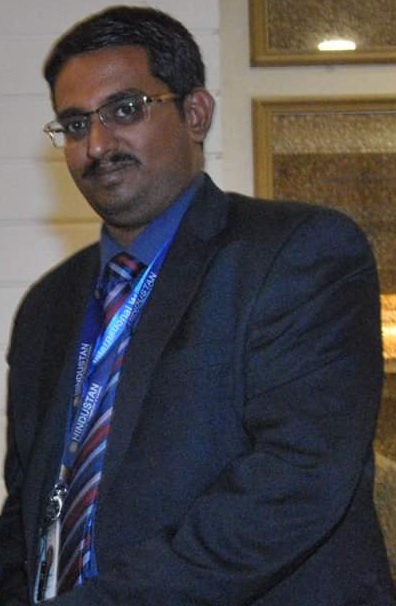
|
IMPROVISATION OF SOLAR STILL DESALINATION MODULE USING ALUMINUM-TIN WITH POLYPROPYLENE PRINTED SHEET INSULATION
|
|
|
B. Gurukarthik Babu, A.E. Kabeel, D. Prince Winston, P. Narayanasamy, V. KrishnaKumar, R. Arunkumar, Ravishankar Sathyamurthy
|
|
|
Department of Electrical and Electronics Engineering, Kamaraj College of Engineering and Technology, Madurai-625 701, Tamil Nadu, India. Mechanical Power Engineering Department, Faculty of Engineering, Tanta University, Egypt Department of Automobile Engineering, Hindustan Institute of Technology and Science, Chennai, India
|
|
|
raviannauniv23@gmail.com
|
|
|
70
|
|
|
Most water in the Earth's atmosphere and the crust comes from the world ocean's saline seawater, while freshwater accounts for only 2.5% of the total. Because the oceans cover roughly 71% of the area of the Earth. so, the available water sources are insufficient to meet long-term requirements. A human can survive without food for about three weeks, but cannot live for more than a week without water. The requirements of water for domestic and industrial use have also increased substantially over the years. Also, the limited supply of fresh water in many parts of the world has resulted in the purification of seawater, wastewater and brackish water for freshwater production. So freshwater production has rightly been accorded a high priority in many countries’ development. The aim of this study is to improve the heat transfer features of an existing solar still system, by introducing aluminum hollow cylindrical fins (collected from beverage waste) as thermal conductivity enhancer placed in evaporation surface. And also, 3D printed Polypropylene sheet is used as a thermal insulator. The performance of the thermal conductivity enhancer, thermal insulator and both are experimentally evaluated and compared to each other under the same climate conditions. The results revealed that increased daytime freshwater productivity.
|
|
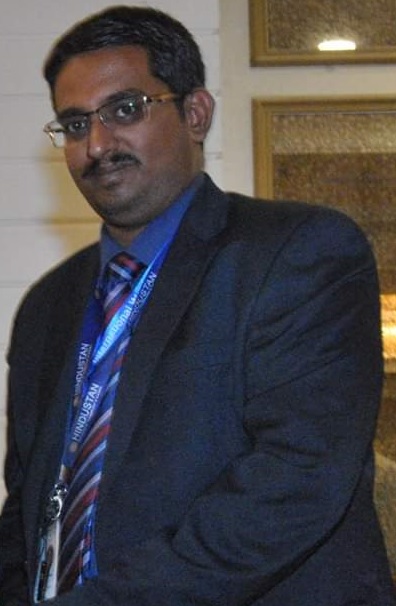
|
ENHANCING THE PRODUCTIVITY OF STEPPED TYPE ABSORBABLE PLATE USING CHEDZ
|
|
|
B. Gurukarthik Babu, D. Prince Winston, V.C. Padmanaban, A.E. Kabeel, S. Krishna Kumar, P. Vinothkumar, Ravishankar Sathyamurthy
|
|
|
a Department of Electrical and Electronics Engineering, Kamaraj College of Engineering and Technology, Madurai-625 701, Tamil Nadu, India. b Mechanical Power Engineering Department, Faculty of Engineering, Tanta University, Egypt c Department of Automobile Engineering, Hindustan Institute of Technology and Science, Chennai, India
|
|
|
raviannauniv23@gmail.com
|
|
|
71
|
|
|
One-third of the global population lives under the plight of severe water crisis. Solar desalination would be one of the promising alternative solution to this problem. A Super absorbent polymer is a material which has high water retaining capacity to its own mass. The super absorbent polymer are used in agriculure to retain water during rainy season and release it during the time of drought. This paper proposes a Novel Super water retaining material blended by the reaction between Chitosan, EDTA, chrysopogon zizanioides and termed as CHEDZ. CHEDZ is formed by cross linking of chitosan molecules with the EDTA and zizanioides (EDZ) obtained during the reaction. The chrysopogon zizanioides used in this paper is helpful in removing bad odor, relieves blocks in blood cells, used in cosmetics, and in ayurvedic soap. It is also used in evaporative coolers pad for removing bacteria or algae accumulation and it is used as a cooler perfume. Passive Solar stills can be used for water desalination. However, the amount of distilled water produced per unit area is low which makes the single-basin solar still unacceptable in some instances. This paper proposes a new methodology that can be coated on the single slope stepped absorbable plate. The CHEDZ can be coated on the stepped absorbable plate to retain the water. The stepped plates are made of copper which has high thermal conductivity so that the retained water gets evaporated soon than compared with conventional still. It resulted in enhancement of about 50%. The conventional type solar still yields 2.9 L/day and proposed still produces 4 L/day. The efficiency of both stills has been recorded at frequent time interval and the same is compared in this paper.
|
|

|
The effect of using concentrating photovoltaic panel with passive cooling technique on the panel’s performance and the environment
|
|
|
Mahmoud Eltaweel1*, Ahmed A. Abdel-Rehim1,2
|
|
|
1 Mechanical engineering department, The British University in Egypt, Cairo, Egypt 2 Shoubra Faculty of Engineering, Benha University, Cairo, Egypt
|
|
|
mahmoud.eltaweel@bue.edu.eg
|
|
|
129
|
|
|
In this research the performance of concentrated solar panel is observed and compared to the performance of PV panel under the Egyptian climate. A modification was made to the tested PV panel, which is adding a cooling heat sink at the back of the PV panel to reduce the temperature effect on the PV panel performance. The importance elements were prepared, and a mechanism was designed to perform four tests "un cooled – un concentrated, cooled – un concentrated, un cooled – concentrated and cooled – concentrated". it was concluded that concentrating the radiation on the PV panel makes the panel more efficient and increase the power output. The efficiency of the PV panel under concentration reached 23%, which is higher than its efficiency at standard conditions, which equals to 14%. The cooling heat sink showed a very high performance in cooling for the PV panel with and without the concentrator lens. The efficiency increase as a result of the concentrator can reduce the size of the PV panel for the same electrical output which reduces the environmental impact from manufacturing PV cells.
|
|
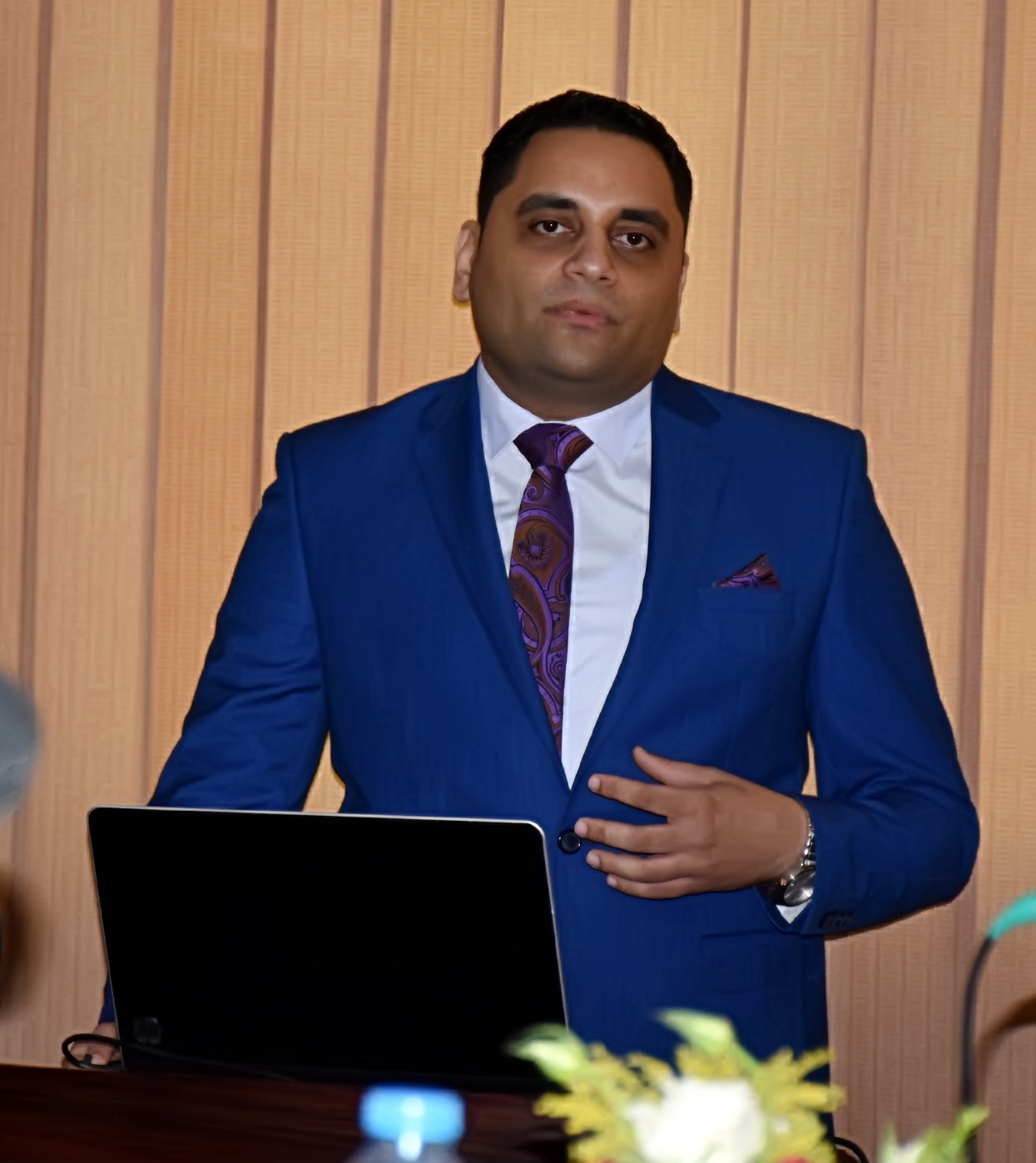
|
Study the Affecting Parameters on spreading green building projects in Egypt
|
|
|
Moataz M. Abdelaziz
|
|
|
Assistant Professor at Higher Institute of Engineering and Technology, New Damietta, Egypt.
|
|
|
eng.moataz86@yahoo.com
|
|
|
226
|
|
|
The term of green buildings has attracted attentions at the last years, as it presents applicable solutions to global problems associated with the reduction of energy and water resources moreover the problems related to the accumulation of waste products from construction processes. However, they remain relatively uncommon in Egypt. In this paper, a review on green building assessment systems is presented then the factors affecting the spread of green buildings in Egypt are defined and studied. The results of this study can be applied to almost countries in North Africa, as Egypt remains the leading country in the region in the field of construction technology. Various studies have tried to identify the challenges faced by sustainable projects globally. In this study, we will focus on the challenges in Egypt and the similarity and the differences between these and the challenges present in other parts of the world in terms of obstacles and drivers to the spread of sustainability.
In this research, we are going to draw attention to problems influencing green building technologies in the world on the whole and especially in Egypt. This also include the barriers, drivers that promotes the operational stage of green projects factors internationally.
|
|

|
Experimental study of the flat plate solar water collector with two types of thermal energy storage system
|
|
|
Assem hassan fleafl , Saleh Mohammed Shalaby , Abd Elnaby Elbiomy Kabeel , Bahaa Edeen Mohammed Moharram
|
|
|
Faculty of Engineering, Tanta University
|
|
|
assemhasn@gmail.com
|
|
|
1354
|
|
|
Nowadays, Global warming, pollution and energy shortage are considered the most problems facing the world. One of the most promising energy sources is solar energy as it is clean cost free. Solar energy is time limited source and need to be stored to cover energy all time. In this work, the solar water collector integrated with thermal storage system was experimentally studied. In order to improve the storage capability, new design of the thermal storage system is introduced in this study. Two types of storage materials are used; water as sensible heat storage and paraffin wax as latent heat storage. Water was used as heat transfer fluid (HTF) in closed loop between flat plate collector and storage unit. In order to achieve the optimum operating parameter, the system was tested at different mass flow rate of heat transfer fluid. The experimental results showed that the stored thermal energy can be sufficiently used in daily home applications. Experiments showed that mass flow rate of (HTF) that produce max stored temperature was 0.14 kg/s .
|
|
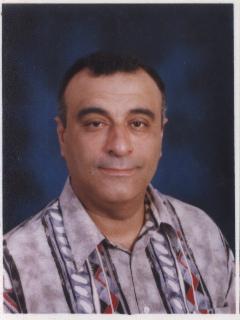
|
Wind-Tecture A new theory in Architecture design
|
|
|
Pofessor Khaled Mohamed Dewidar
|
|
|
British University in Egypt
|
|
|
khaled.dewidar@bue.edu.eg
|
|
|
1360
|
|
|
The twentieth century began with a flood of idealistic manifests from architects extolling the virtues of new building technologies to dematerialization and the loss of weight. Rarely did prophetic designers foresee the negative effects of industrialization. For the modernist pioneers, manufactured products were synonymous with liberty and unlimited opportunities. They never imagined the devastating consequences of these artifacts on global warming, declining resources, shrinking water supplies and overpopulation. A new scenario in architecture is required that has to reshape our time. It is a major shift from technology to ecology. It is a new architecture, designed by life and shaped by time. Our task is a zero emission architecture raising the debate between architecture and nature.
Wind and architecture, is one of the key issues to avoid these doomsday scenarios. It shows us that when different ideas inspired by the science of ecology are used as a source of imagery, it expands not only the communicative power of the building art, but their social relevance as well. This new typology uses building performance as a guiding design principle and adopting a new list of performance-based priorities for the design of cities, buildings, landscapes and infrastructures. This new kind of architecture places broadly defined performance above form-making; it utilizes the digital technologies of quantitative and qualitative performance-based simulation to offer a comprehensive new approach to the design of the built environment. Energy will be generated from renewable resources like the sun and wind, while energy efficient building technologies will minimize energy needs. Ideally the building could create more energy than it needs and feed the excess back into the grid. “
|
|

|
Numerical study on the performance of Dual Rotor wind turbine
|
|
|
Eng Hazem Ali / Prof. Ahmed Elbaz / Prof. Nabil Abdelaziz
|
|
|
MSc student in Ain shams University / Professor in Mechanical department in the British University in Egypt / Professor in Mechanical department in Ain Shams University
|
|
|
hazem.ali.abdelkarim@gmail.com
|
|
|
1368
|
|
|
This study is investigating the Aerodynamic performance of wind turbines aiming to maximize the power extracted from the wind. The study is focusing on the effect of introducing a second rotor to the main rotor of the wind turbine in what is called a dual rotor wind turbine (DRWT). The numerical study took place on the performance of small scale model of wind turbine of 0.9 m diameter using S826 air foil.
Both the Co-rotating and Counter rotating configurations have been investigated at different Tip Speed Ratios (TSR) and compared with the performance of the single rotor wind turbine (SRWT). Many parameters have been studied in dual rotor turbines. These include the spacing between the two rotors, the pitch angle of the rear rotor and the rotational speed ratio between the front and rear rotor. Three dimensional simulations were performed using Multi Reference Frame (MRF) technique.
The Co Rotating Wind Turbine (CWT) and Counter Rotating Wind Turbine (CRWT) were found to have better performance compared to that of the SRWT with an increase of around 12 to 14% in peak power coefficient. Moreover, changing of the pitch angle of the rear rotor on the overall rotor performance was found of a negligible effect between 0⁰ and +2⁰ in case of CWT, while in CRWT, the change in the rear rotor pitch angle found non effective between angles of 0⁰ and -2⁰. On the other hand, the ratio of rotational speed of the rear rotor to the front rotor was found to cause a further increase to the peak performance of the Co and CRWTs of about 3 to 5%.
|
|
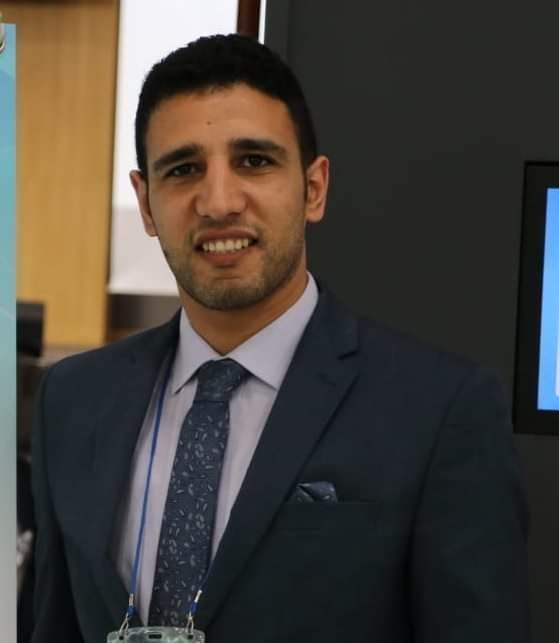
|
COMSOL Simulation and Experimental study Using Different Cooling Techniques to Maximize PV Module Efficiency
|
|
|
Ahmed Fawzy Eid1*, Hong Seong-Gu2 1Research Assistant at Agricultural Engineering Research Institute, Alexandria City, Egypt 2Professor at Hankyong National University, Anseong –Si, 17579, Republic of Korea. Corresponding author. Tel: +201099067300 Email address: eidahmed@hknu.ac.kr
|
|
|
Agricultural Engineering Research Institute
|
|
|
rheham@yahoo.com
|
|
|
1391
|
|
|
One of the main challenges for solar photovoltaic system is temperature rising of solar module, which causes to decrease electrical efficiency. Furthermore, leads to a decrease maximum power (Pmax) of solar module and will cause cell degradation. To manage this issue, one of the important methods to improve the solar module efficiency and keep it at a sufficient level is cooling. There are a lot of methods that are used to cool solar modules. In this study, two solar panels with different cooling methods were compared with a reference panel (NCS) with respect to its efficiency and performance. A new design of photovoltaic/thermoelectric cooler (PV-TEC) as a cooling system was attached on the backside of the solar module to cool it from the back (TEMCS), Another method was a water film (WFCS). A 72 Watts 12VDC pump was used to create a water film on the front side of the solar module to remove the heat from the front. The results of this study showed that the average temperature of modules was 32oC, 50oC and 52.5oC for WFCS, TEMCS and NCS respectively. the module efficiency improved by 9.57% and 1.32% with water film and TEC devices respectively. COMSOL Multiphysics program was used to check the effect of the Tedlar layer on the possibility of removing the heat from the backsheet of the module using the TEC device as a cooling system. The simulation results found that the capacity of the thermoelectric cooling unit was not enough to remove the heat from the backsheet of the solar module because of the low thermal conductivity of the Tedlar layer.
|
|

|
The effect of sustainable urbanization on tourism development in coastal cities
|
|
|
Walaa A. Nour1, Marwa A. Kamar Eldawlah1, Mayar A. Khourshid2
|
|
|
21كلية الهندسة - جامعة طنطا ، 2ا1المعهد العالي للهندسة و التكنولوجيا - المنوفية
|
|
|
walaanour@f-eng.tanta.edu.eg
|
|
|
1432
|
|
|
طرق التصميم العمراني والمعماري المتبعة حاليا في اغلب الدول تتجاهل العلاقة بين المبني و ما يحيط به والقاطنين فيه لذلك تستهلك مواد أكثر وتؤثر سلبا علي البيئة. وتقوم فكرة التنمية السياحية المستدامة علي استحداث تحولات هيكلية في تصميم المدن السياحية الساحلية عن طريق الاستخدام الأمثل للموارد الطبيعية، والاقتصادية، والاجتماعية، والعمرانية بما يتفق مع طلب واحتياجات الحركة السياحية الحالية والكاملة. وقد استطاعت العديد من الدول تنمية مواردها السياحية خلال الاعتماد علي التصميمات المستدامة للمناطق ذات القيمة التراثية حيث توجد علاقة وثيقة بين التصميم العمراني لها وبين قطاع السياحة لمد عناصر جذب مميزة لاكسابها صفة الاستدامة والاستمرارية. للسائح الزائر. يعتبر التراث بمختلف أشكاله ذاكرة الشعوب و مبعث فخر بهويتها و تاريخها، إلا أن التراث في العصر الحاضر قد تجاوز هذه المكانة الشكلية و الرمزية، ليتبوء موقعا مميزا كعامل مهم من عوامل التنمية البشرية بمختلف أبعادها، و هكذا أصبح موضوع المحافظة على التراث المادي و غير المادي و رد الاعتبار له من القضايا الملحة التي تسترعي اهتمام الحكومات و الشعوب و المنتظم الدولي و المهتمين و جمعيات المجتمع المدني... و قد تصاعد هذا الاهتمام ليعزز الجهود المبذولة من أجل الحفاظ على الخصوصيات الثقافية و الحضارية للشعوب في ظل تواصل زحف تيار العولمة الجارف، الذي يسعى الى تنميط الثقافة الإنسانية و الإجهاز على العادات و التقاليد المحلية لحساب نمط موحد في التفكير و في العمل وفي التفاعل مع الظواهر الكونية. وانطلاقا من هذا برز شعور بالحاجة الى دراسة العلاقة بين العمران السياحي المستدام والمناطق ذات القيمة التراثية والوصول الى استراتيجية للتعامل معه والحفاظ عليه و إبراز الجوانب الفنية و التاريخية به .
|
|
|